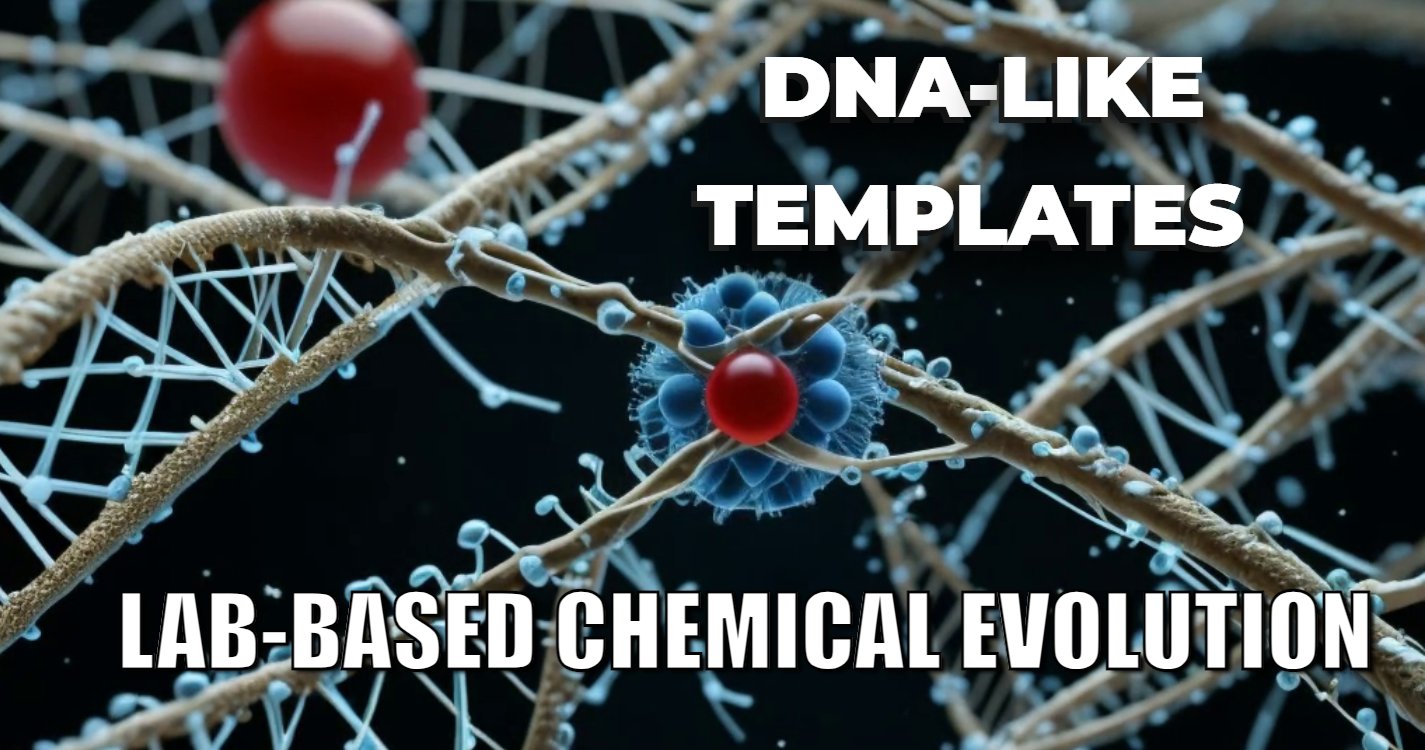Researchers at South Korea’s Incheon National University (Dr. Malkeshkumar Patel and group) claim to have used titanium dioxide and nickel oxide in the first attempt to make transparent solar cells. In contrast to other transparent solar absorbers, the materials can withstand exposure to the atmosphere without degradation. Ultraviolet light is converted into electricity by a photoelectric junction made of nickel oxide (p-type NiO) and titanium dioxide (n-type TiO2).
Key Highlight:
- Researchers at South Korea’s Incheon National University claim to have used titanium dioxide and nickel oxide in the first attempt to make transparent solar cells.
- Ultraviolet light is converted into electricity by a photoelectric junction made of nickel oxide (p-type NiO) and titanium dioxide (n-type TiO2) The materials are stable in the atmosphere, unlike more exotic transparent solar absorbers.
Ultraviolet light from the sun is converted into electricity in the cell by a junction made of the known photo-electric material TiO2, which is composed of p-type NiO and n-type TiO2.
The materials are stable in the atmosphere, unlike more exotic transparent solar absorbers.
- All of the TPCs (transparent photovoltaic cells) were manufactured.
- This was accomplished by using metal oxide heterojunctions.
- By using the sputtering method, large-scale photovoltaic cells were produced.
- Anatase- and Rutile-TiO2 have been shown to have a photoelectric effect.
- A motor is powered by a transparent photovoltaic cell (0.2 V, 10 mA).
According to the scientist, this is one of the few attempts to make solar cells using nickel and titanium oxide, which has previously been used in photoelectric applications to create photodetectors.
Silver nanowires and fluorine-doped tin oxide serve as electrodes.
It was found that both anatase and rutile polymorphs of TiO2 worked together.
Sputtering was used to deposit the junction, which can be used on a large scale.
Already, titanium dioxide is commonly employed in the manufacturing of solar cells.” Additionally, TiO2 is a safe material that does not harm the environment, according to the university. One of the most transparent semiconductors is nickel oxide. In addition to being one of the most abundant elements on the planet, nickel is also an excellent material for making environmentally friendly cells.”
There is a power conversion efficiency of 2.1 percent and a visible light transmission of 57%.
At wavelengths greater than 390nm, absorption rapidly diminishes. The open-circuit voltage is greater than 500mV.
The photo-response detector’s time is 4 milliseconds.
Electrical engineer Professor Joondong Kim says, “While this solar cell is still in its infancy, our results strongly suggest that additional improvements for transparent photo solar are possible by optimizing the cell’s optical and electrical properties.”.
Low-band gap materials like tin sulfide, copper oxide, or silicon could be used to pick up longer wavelengths with minimal loss of transparency.
Detail- https://www.sciencedirect.com/science/article/abs/pii/S0378775320311691?via%3Dihub




